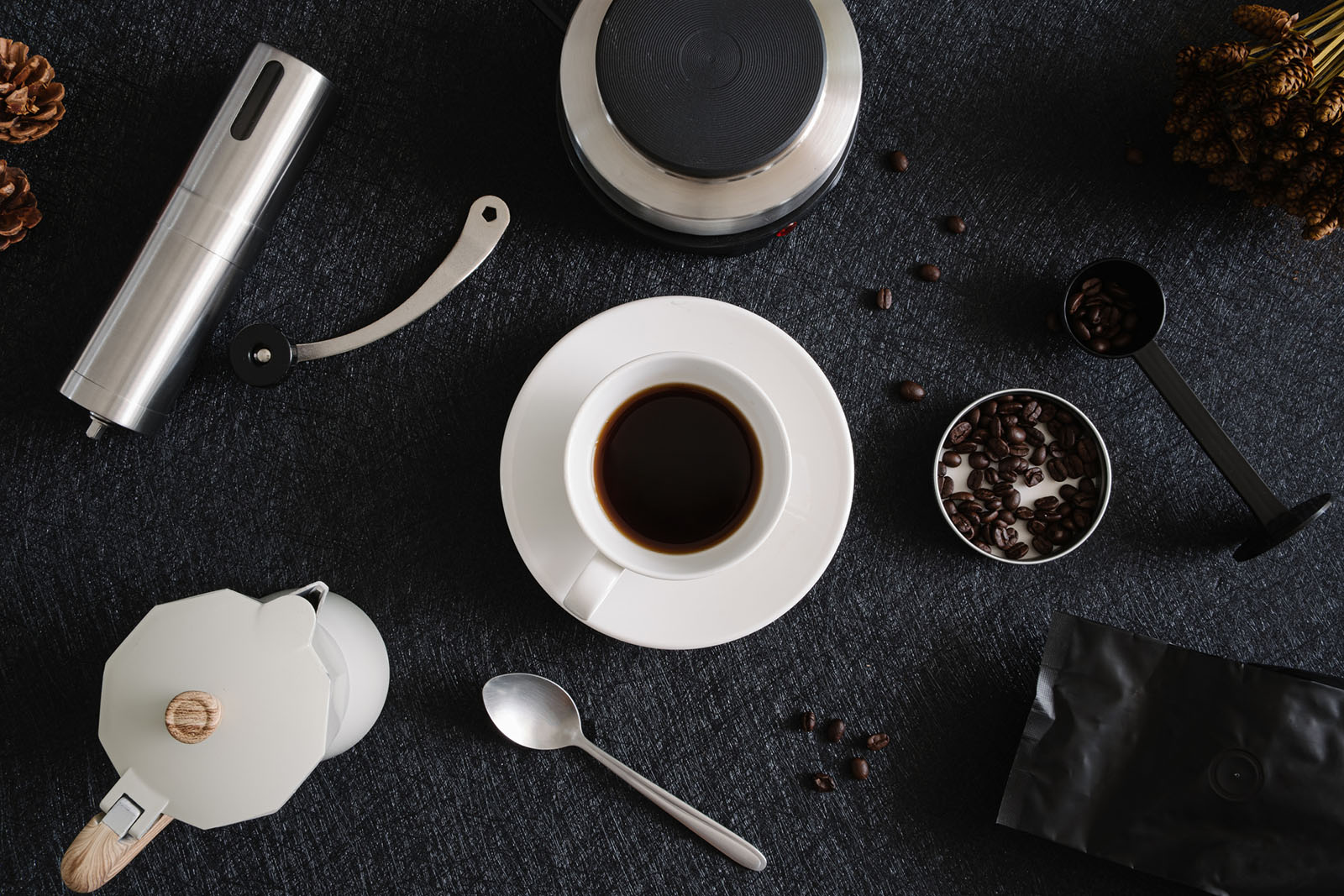Japan certainly has a taste for excellent coffee. For example, it is one of the biggest importers of Jamaican Blue Mountain Coffee, one of the most expensive brands in the world. Japan’s coffee culture is one of the most developed in the world. One unique element of Japan’s coffee culture is the international diversity — Scandinavian, New Zealander, Italian and American are among the cafe offerings in major cities.
With such a vibrant coffee culture, you might be wondering why you would even want to brew at home. Price is definitely one factor — for the ¥500 you might spend on one coffee, you can have a week’s worth of home brew. It also ensures a drink you’ll enjoy, one tailored to your tastes and preferences.
So what do you need to begin brewing at home?
Your equipment

Good home brewing shouldn’t have to be expensive or inconvenient. You can pick up the equipment you need cheaply from Japanese stores, both online and in-store. Some of the most convenient places include Amazon Japan, Kaldi Coffee Farm, Coffee Roasters Tonya, Yodobashi Camera and Tokyu Hands. Most methods of making coffee at home are small and easy to maintain – perfect if you’re working in a smaller kitchen. Some of the more common and budget-friendly ways to make coffee at home include:
- Pour overs: Dorippu kohi (Drip Coffee) in Japan, is made with hot water poured into a cone with ground coffee in a filter. The water seeps through the beans and slowly drips into the cup beneath. This method works best with slightly coarse ground coffee, so ask your roaster for chuubiki (medium grind).
- Press Coffee: Puresu (press coffee), such as the French press, is a pot where you soak the ground coffee in hot water for several minutes. Once you’re done, press down with a filter to separate the grounds, then pour off your coffee. This will work best with a rough grind. ask for arabiki (coarse grind).
- Percolator: The pakoreta (percolator) uses boiling water to continuously cycle through the grounds. A popular percolator is a moka pot. The water in the lower chamber is heated, and the steam passes through the coffee grounds in the middle chamber. This allows coffee to collect in the highest chamber, which you then pour out. Percolators usually want the same coarse grind as presses, but moka pots need finer coffee. Ask for hosobiki (fine grind). Which you might need to find at specialty coffee shops.
Which method is best for you?
Click here to read more.
© GaijinPot Take our user survey and make your voice heard.
Take our user survey and make your voice heard.




2 Comments
Login to comment
TokyoOldMan
Instant coffee - the rest is just tiresome.
StrongLessThanZero
Re: Moka pot. Pressurized steam in the lower chamber drives the hot liquid water through the coffee grounds. It's not steam going through the coffee grounds making your beverage. Wikipedia has a simple animation.